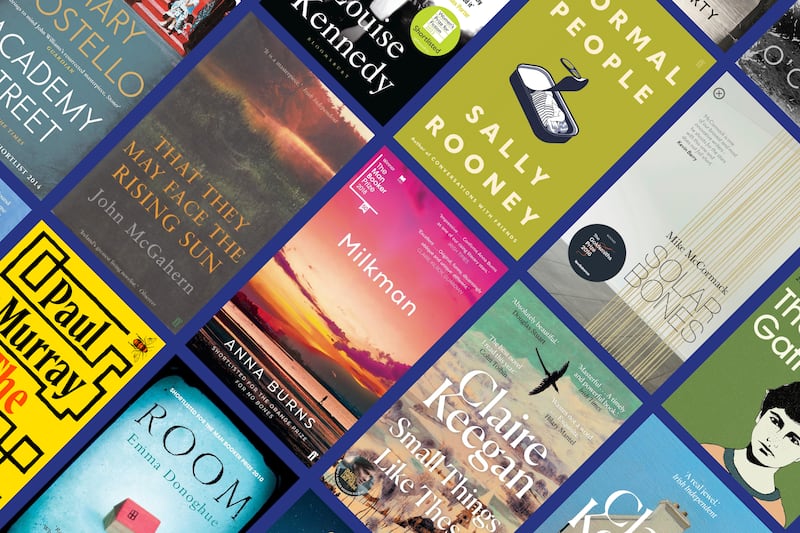While speaking to the narrator of The City and Its Uncertain Walls, a woman mentions that she is currently reading Gabriel García Márquez’s Love in the Time of Cholera, and observes that, “In his stories the real and the unreal, the living and the dead are all mixed together in one . . . Like that’s an entirely ordinary thing.” Her observation perfectly encapsulates the novel in which she appears.
In 1980 Murakami published a novella with a similar name in a literary magazine but, because he was dissatisfied with the story, he never allowed it to be published in book form. Forty years later he returned to that text to improve and expand it. The resulting novel presents a familiar Murakami scenario in which the tentative relationship of a teenage couple flounders because of the girl’s feelings of incompleteness.

“The me here with you now isn’t the real me. It’s only a stand-in. Like a wandering shadow,” she tells the boy. The notion of being a shadow will gain importance once the girl disappears and wholly inhabits a “self” that lives within the mutable walls of a strange, drab town outside of time. There she works in a library, containing not books, but egg-shaped objects that contain old dreams.
Through various machinations, the boy/narrator is now present in this town, conversing with the unwitting girl as he attempts to become a “Dream Reader”. In the second part of the novel, the narrator inhabits the other world where he decides, in middle age, to become a head librarian, taking over from a recently deceased man who hasn’t quite left the building. We also encounter a voracious young reader who, like the girl, has strong feelings of dislocation and disconnection.
While Murakami may aspire to the heights of García Márquez’s lush style, his prose is, as translated, colourless and prone to cliche. Yet, the story itself eventually gathers enough intrigue and inventiveness to replace misgivings with quiet enjoyment. It’s all the more surprising, then, when the novel achieves a genuinely moving ending which presages the time when we will have to leave those we love to continue lives of which we will know nothing. “Precious things were steadily going far away from me. I was losing them forever.”










